Collection of Mid-century American and Canadian Leftist Literature; 184 individual issues of 59 serials comprising a unique collection of publications from the 1920s to the 1990s. [45779]
F.A. Bernett Books recently acquired a private collection of leftist periodicals. In cataloging the material, I was struck over and over again by a particular quality of the serials’ graphic design, which I would describe as their urgency. Karen Jane Lewis, an architecture professor at OSU, recently published an article using the phrase “graphic design of urgency” to describe the manic quality of commercial signage for pawn shops and check cashing businesses in urban neighborhoods blighted by poverty. I’d like to appropriate the phrase in reference to the overall design sensibility of these 20th century American radical leftist newspapers.
Pre-war leftist newspapers communicated their pro-worker messages via strident headlines — all-caps of course — and bold graphic nameplates, sometimes incorporating quasi social realist artwork. Prior to the cold war, the intent seems to have been to evoke a sense of populist discontent. But the aesthetic is inclusive, even mainstream, despite the strong emotions on display.
After the McCarthy hearings and the advent of the Vietnam War, the look of things changes drastically, mirroring the radicalization of the American left. Font, layouts and illustrated content all reflect their makers’ outrage. Their often homespun quality emphasizes a sense of grassroots anger and immediate action, prizing direct communication over ‘professional’ graphic design.
At the same time, the antiwar protest movement — including Vietnam veterans’ groups — experimented with page layouts that seem to combine pop art and militant socialist aesthetics.
But in large part, a crude, handmade approach to publishing seems most typical for the genre, well into the 1970s and 80s. Not surprising, considering that many of these short-lived publications (including these strikers’ broadsheets) were made by amateurs or volunteers with little prior experience as print professionals.
Of course, now, the internet is where Utopian dreamers, zealots and protesters of every stripe go to pour their discontent into blogs and social network advocacy sites.
Considered in the visual context of their 20th century print fore bearers, some of today’s electronic vehicles of social change seem relatively tame in comparison. But in others, still, there’s an echo of that familiar sense of urgency.
FAB Item I.D. # 45779. Please contact us for price & availability.

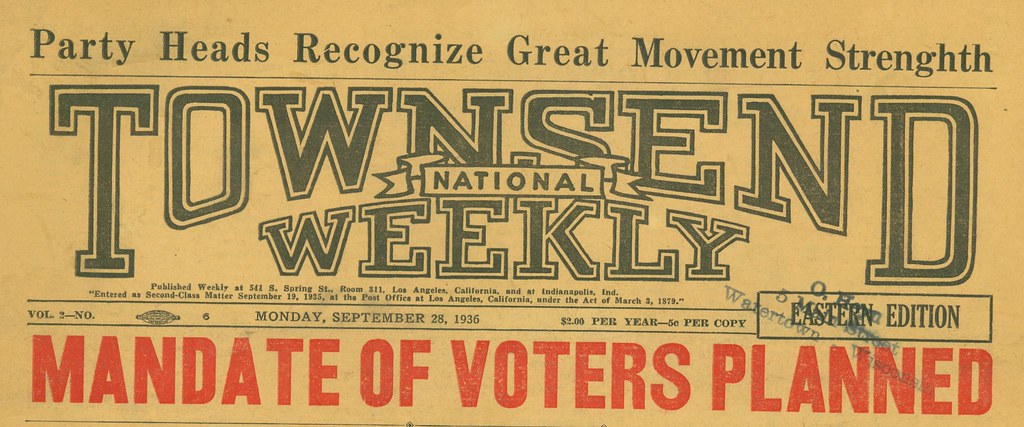
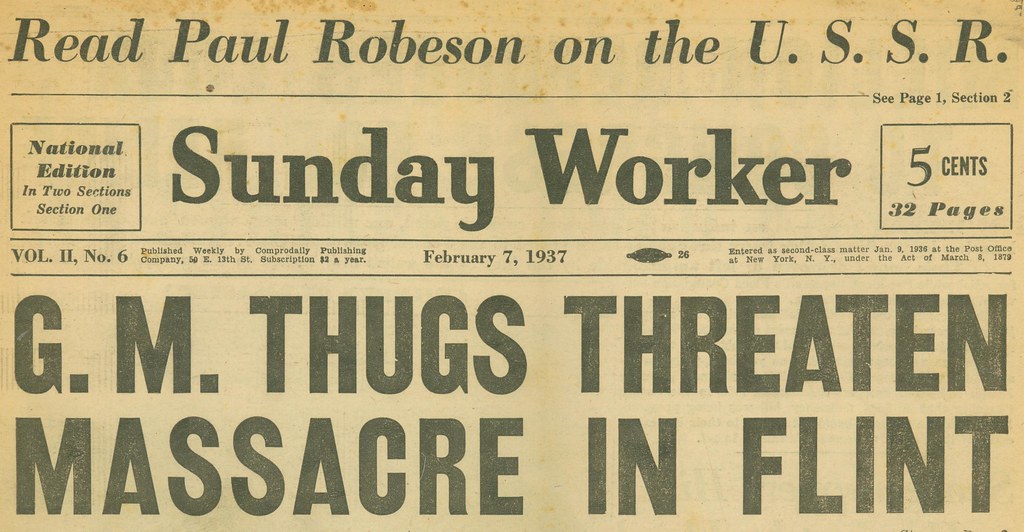

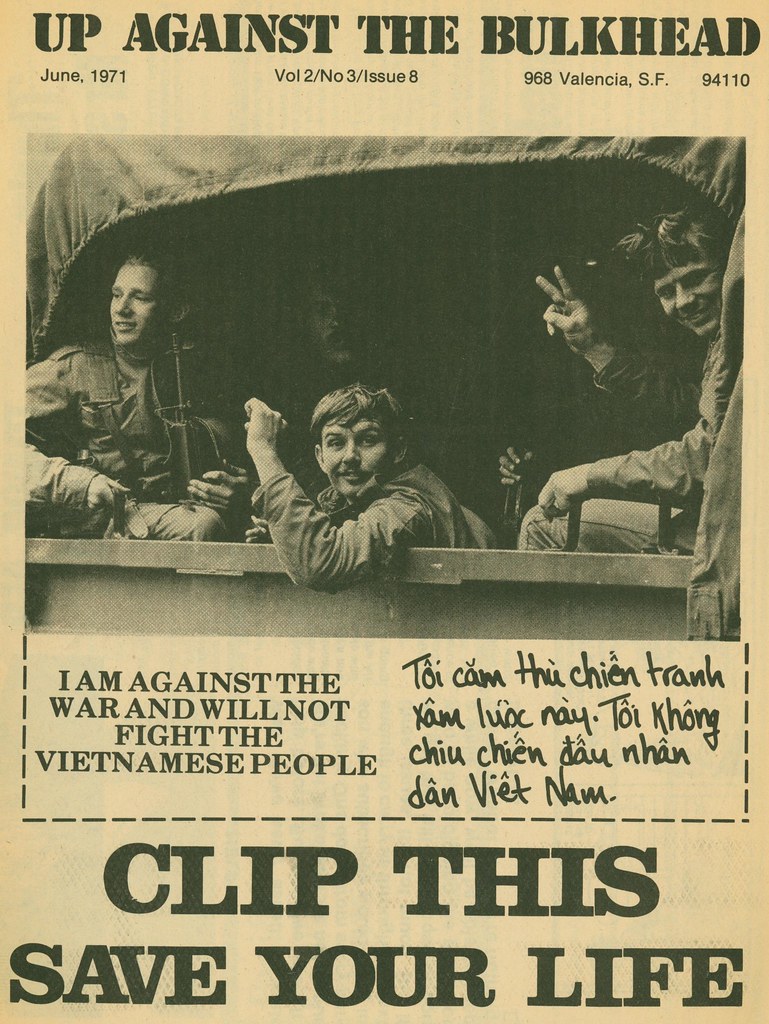
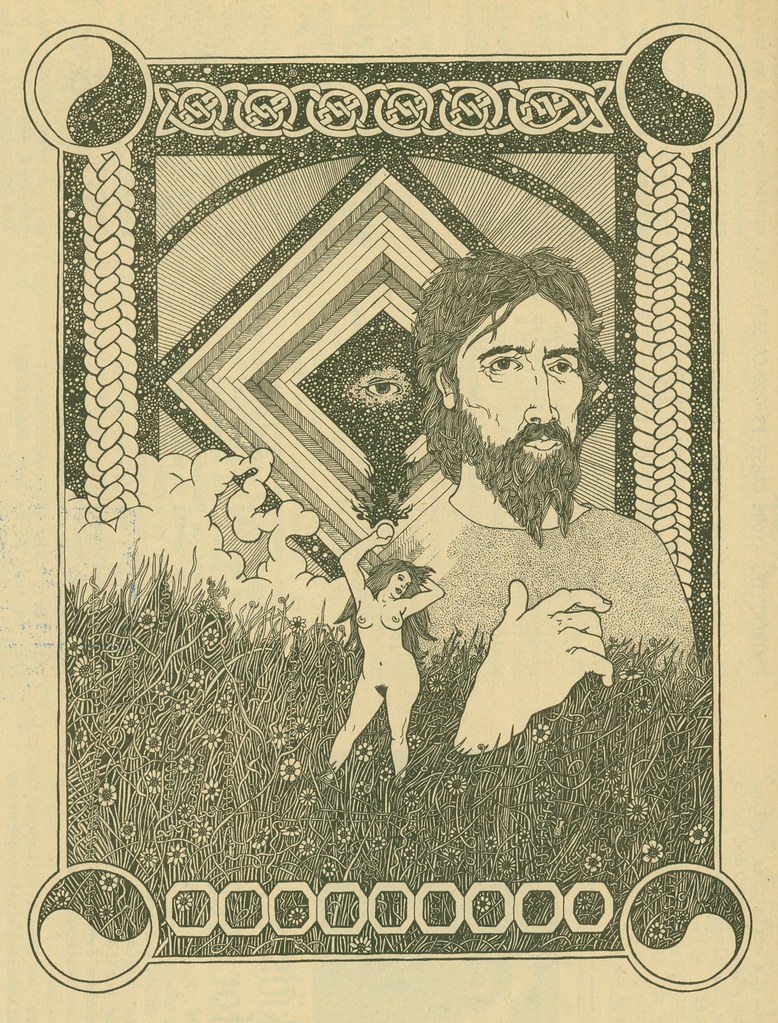


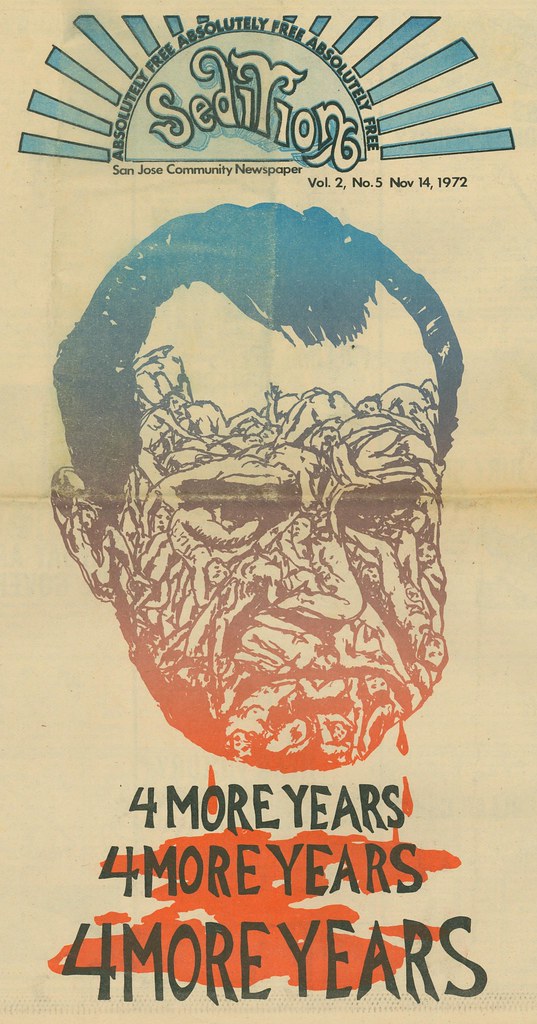

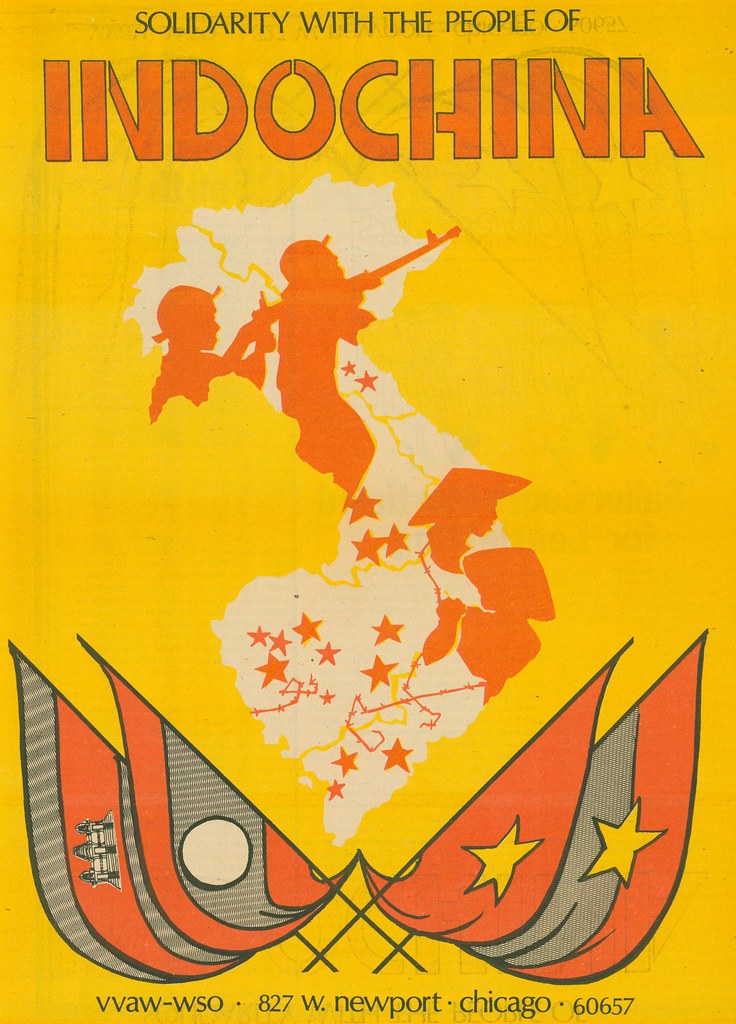
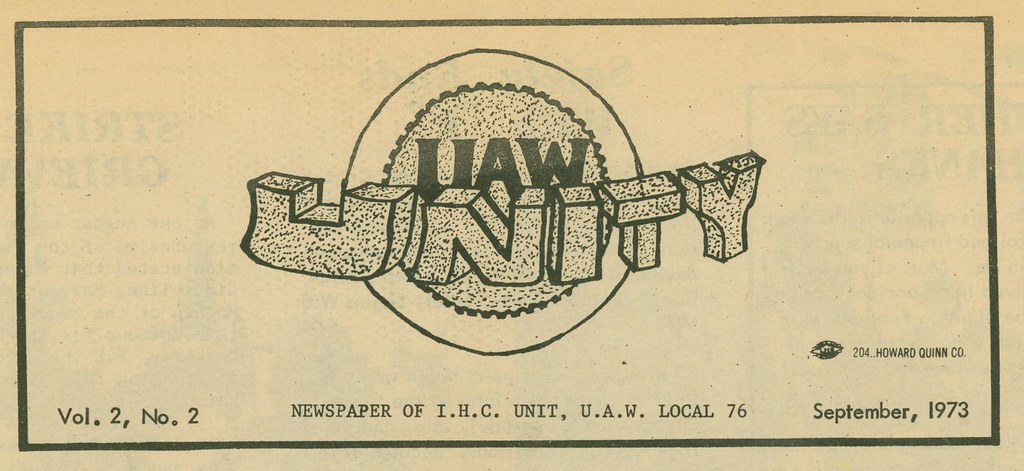
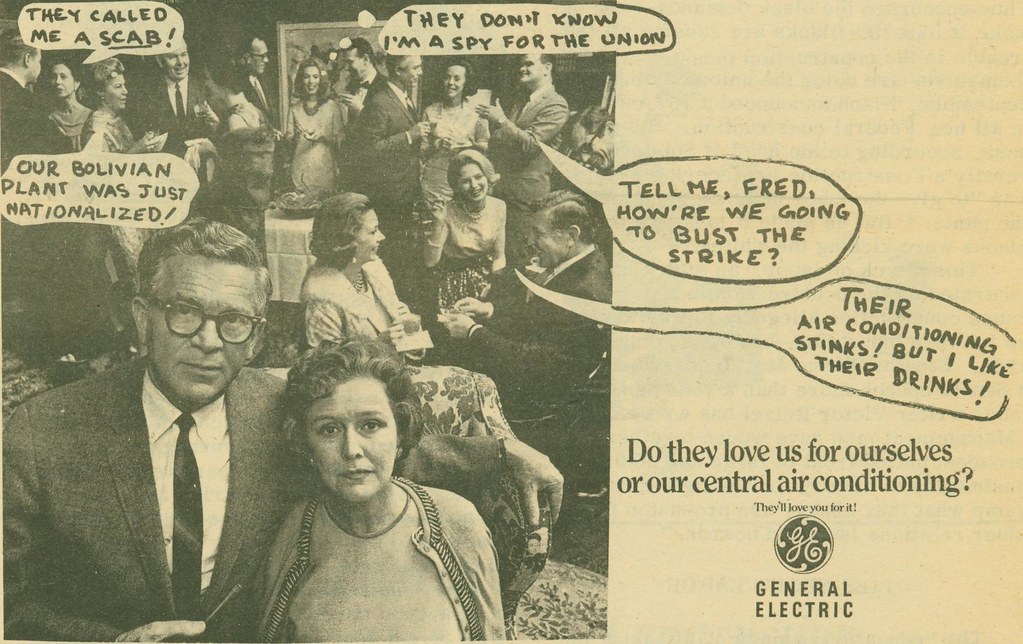
{ 2 trackbacks }
{ 1 comment… read it below or add one }
Great, mille mercis.
Compliments